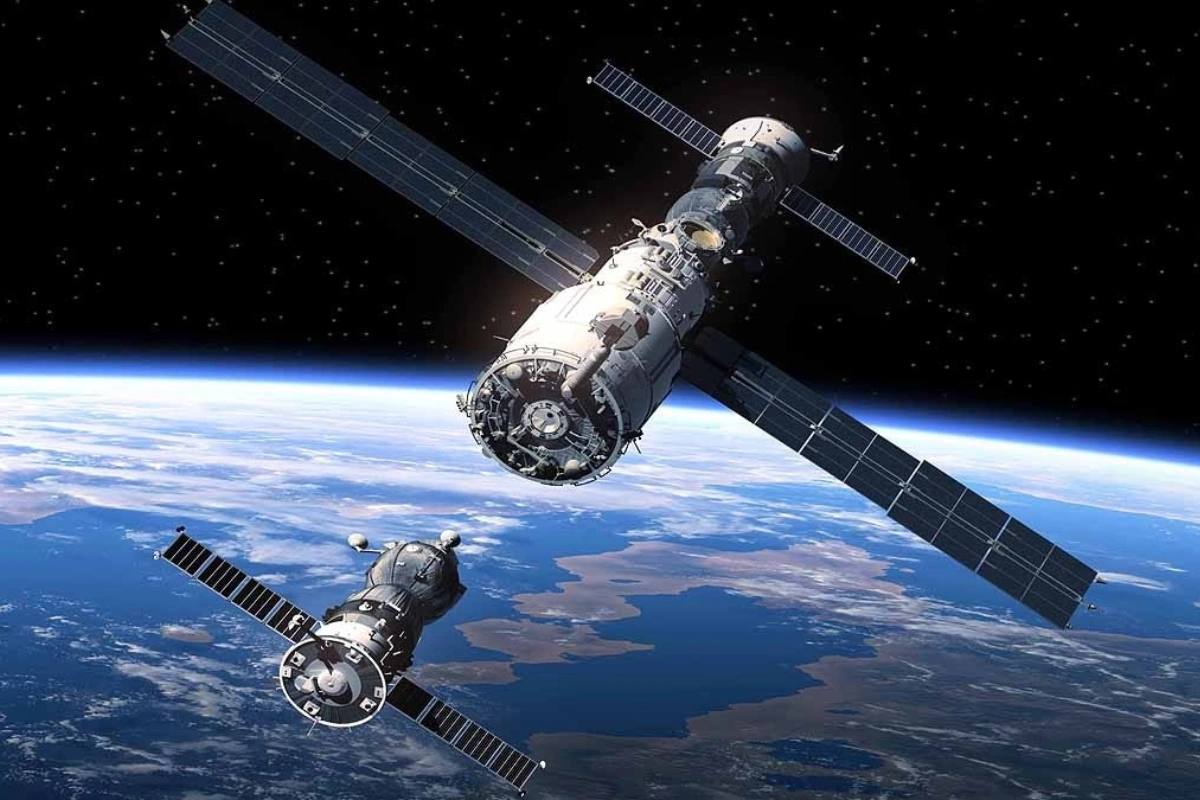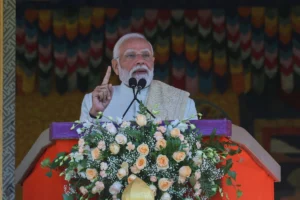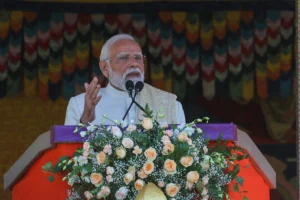
On April 20, 2025, the Indian Space Research Organisation (ISRO) successfully completed the second docking of satellites as part of its Spadex (Space Docking Experiment) mission.
The docking, which took place between the SDX-01 and SDX-02 satellites, marks a significant achievement in autonomous space technology.
Union Minister Jitendra Singh confirmed the success and announced that ISRO will conduct further experiments in the coming weeks.
At 8:20 PM, ISRO carried out the docking experiment, followed by a successful power transfer between the two satellites on April 21.
ISRO transferred power from SDX-02 to SDX-01, and vice versa, thereby showcasing its ability to manage energy exchange between satellites in space.
Moreover, the power transfer lasted for approximately four minutes, and ISRO executed it flawlessly, further reaffirming the reliability and effectiveness of this crucial technology.
A Historic Milestone For Autonomous Space Operations
Minister Jitendra Singh expressed his delight in successfully accomplishing the second docking, recalling that the PSLV-C60 mission, launched on December 30, 2024, had already seen the first docking on January 16, 2025, followed by undocking on March 13, 2025.
He highlighted the importance of these successful operations in advancing space technology, particularly for missions requiring inter-satellite coordination and autonomous operations.
The second docking experiment marked a leap forward in autonomous satellite technology.
Unlike the first docking, where an additional manual hold point was required at a distance of 3 metres, the second docking was completed entirely autonomously from an inter-satellite distance of 15 metres.
This increase in autonomy underscores the progress made in space operations and ISRO’s growing confidence in its technology.
Preceding Experiments & Future Plans
ISRO explained that this successful docking followed rigorous ground simulations and on-orbit trials.
As a result, these thorough preparations ensured that the second docking proceeded smoothly and efficiently, building on the lessons learned from the previous docking and undocking phases.
The successful power transfer experiment, in which one satellite powered the heater element of the other, demonstrates ISRO’s growing potential for advanced satellite management in space.
Following this, the SpaDeX mission-a cost-effective technology demonstrator, uses two small spacecraft to showcase in-space docking capabilities.
Docking technology is crucial for future missions that require multiple rocket launches, such as the planned Bharatiya Antariksh Station and India’s upcoming Moon landing missions.
The second docking experiment represents a crucial step for ISRO in its goal of mastering complex space operations.
The successful demonstration of autonomous docking and power transfer is set to play a pivotal role in future missions.
Building on this success, and in this context, as spacecraft dock, transfer power, and operate in tandem, this capability will become increasingly crucial for achieving complex mission objectives.
As ISRO continues to innovate, the Spadex mission will provide valuable insights that could shape the agency’s future endeavours in space exploration.
Also Read: EPFO Adds 16.10 Lakh Net Members In February; Youth & Female Participation On The Rise
To read more such news, download Bharat Express news apps



















